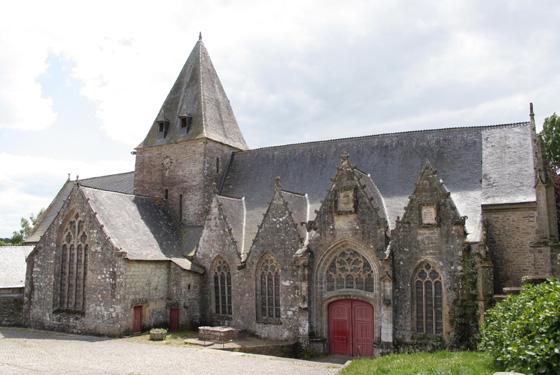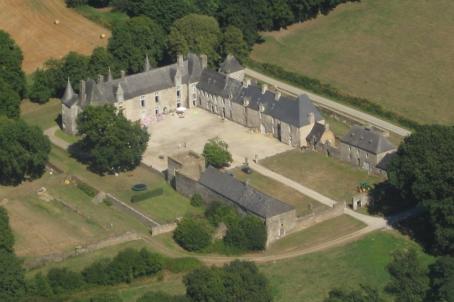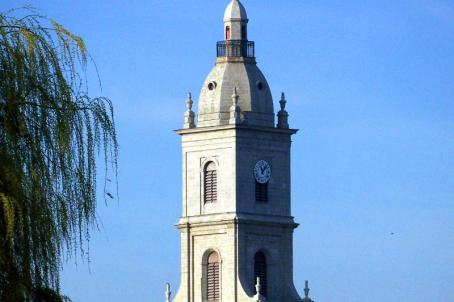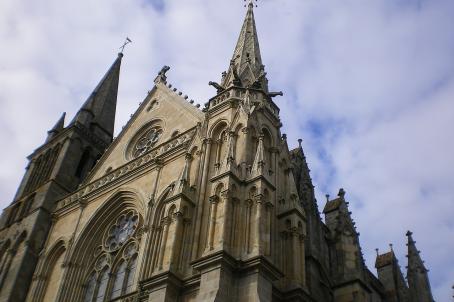Church of Notre-Dame-de-la-Tronchaye
The church of Notre-Dame de la Tronchaye, which takes its name from a statue of the Virgin found in a hollow trunk, has some remarkable Romanesque parts, notably the bell tower. In the 15th and 16th centuries, under the authority of the de Rieux family, it was erected as a collegiate church and, afterwards, underwent some embellishment work. During the Revolution, the church was used as a depot and store. Then in the 19th century, other transformations modified the building and its surroundings. It did not finally take on its present appearance until 1924 and was classified as a Historic Monument shortly afterwards, in 1931.
About this building
The oldest parts date back to the 13th century (fortified tower supported by four large pilasters of the transept crossing; columns separating the naves; some parts of the walls). The construction of most of the building dates back to the 15th and 16th centuries. In the 17th century, modification of the general layout by the construction of a building to the south which doubled the former aisle. In the 19th century, the gable of the chevet was redone and, on the western side, a forecourt was built to counterbalance the land and clear this façade. Initially, the building had the shape of a Latin cross with a choir, transepts and three naves.






